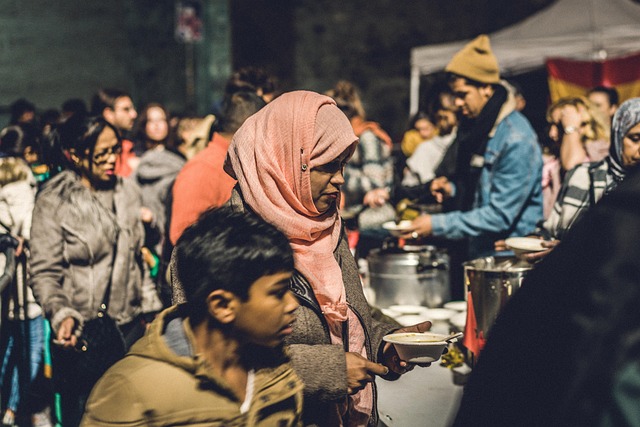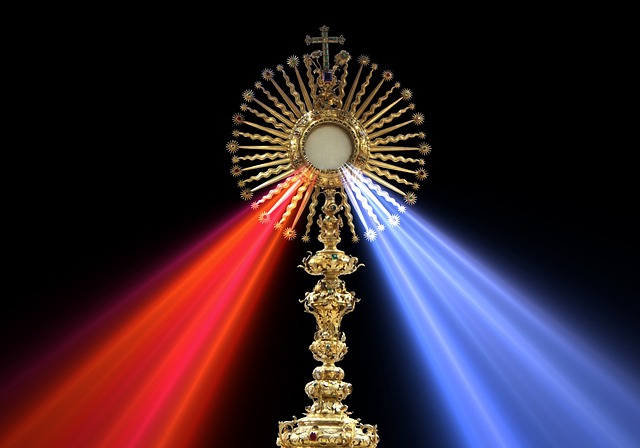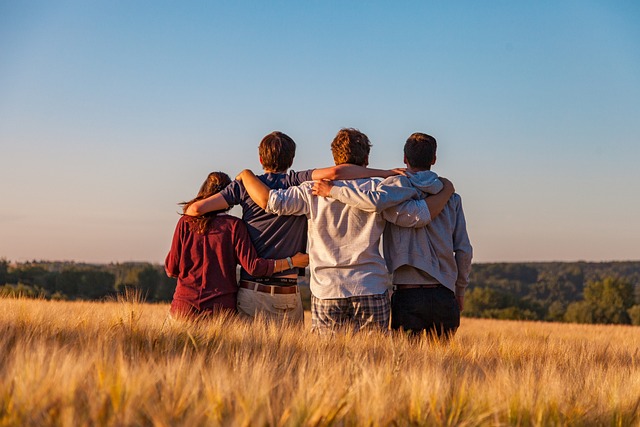The idea of a community dinner has long been a cornerstone in many religious traditions, serving as a tangible expression of fellowship, gratitude, and shared faith. In the quiet mornings of early spring, a small congregation gathered in their humble sanctuary, and by evening, a potluck feast had become a living testament to the power of togetherness. This event, known simply as the Community Dinner, unfolded not just as a meal but as a tapestry of stories, prayers, and silent commitments that echoed through the hallways of the church for months to come.
From Tradition to Transformation
Historically, community dinners in religious settings date back centuries, from the early Christian communal meals that celebrated the Last Supper to the medieval banquet feasts that marked religious festivals. Each tradition carried a simple yet profound message: sharing a meal is an act of unity. In modern times, the Community Dinner has evolved, accommodating diverse cultural dishes and reflecting the multicultural fabric of congregations worldwide.
- Inclusive menus that honor dietary restrictions and cultural preferences.
- Inviting families, neighbors, and visitors to contribute both food and conversation.
- Using the event as a platform for outreach, offering shelter to the homeless, or hosting a youth program.
Planning the Feast
Organizing a community dinner requires meticulous coordination, yet the process is often a collaborative venture. Volunteers form committees, each with a specific role: menu coordination, table setting, spiritual guidance, and logistical support. The goal is to balance the practicalities of hosting a large gathering with the spiritual intent of the evening.
“Our aim was to create a space where faith and fellowship would intersect,” explained Pastor Elena, who oversaw the event’s spiritual aspects. “It was less about the food itself and more about the conversation and community it sparked.”
The Night of Connection
On the day of the event, the church hall brimmed with aromas that mingled in a fragrant embrace—roasted lamb from the South, spicy lentil soup from the East, sweet apple crumble from the North, and hearty cornbread from the Midwest. Each dish was prepared by a member of the congregation, and every pot carried a handwritten note describing the recipe’s origin and a personal blessing.
As the lights dimmed, a simple candle-lit altar stood at the center of the room. A single hymn played softly, setting a contemplative mood. Families gathered at long tables, exchanging smiles, stories, and the occasional shared look of disbelief at how quickly the evening had come together. Children clutched bowls of soup, their tiny fingers grasping the edges of porcelain, while elders reminisced about the last Community Dinner that had happened two decades earlier.
Through the course of the evening, the Community Dinner served several distinct functions: it was a celebration, a prayer session, and a platform for sharing life’s victories and challenges. At one table, a mother whispered thanks to God for her newborn’s health; at another, a recent immigrant couple shared their experience of finding a supportive network in the church.
Spiritual Threads Interwoven with Food
The sense of spirituality in the Community Dinner was woven into the very fabric of the event. A volunteer recited a short prayer before the first course, inviting everyone to open their hearts to the presence of the Divine. The community’s faith was reflected not only in the words spoken but also in the acts of hospitality: passing the salt shaker, offering a seat to a newcomer, or simply listening when someone shared a story of hardship.
- Opening prayer that emphasizes gratitude and unity.
- Midway reflective pause with a short meditation.
- Closing song that brings the congregation together in a shared chorus.
Afterglow: Reflections and Renewal
When the final plates were cleared and the last hymn lingered in the air, attendees lingered at the table to exchange contact information and thank each other for their contributions. Many left with a renewed sense of belonging, having witnessed the tangible expression of their faith through communal sharing. The event was a reminder that a community dinner is more than a meal—it is an act of worship, a celebration of cultural diversity, and an affirmation of shared values.
Pastor Elena reflected on the evening: “We saw people who had never spoken before sharing a dish, who had never laughed together sharing a laugh, and who had never prayed together sharing a prayer. The Community Dinner became a conduit for transformation—both personal and communal.”
Legacy and Future of Community Dinners
Community dinners continue to evolve, drawing lessons from each gathering and incorporating new elements. Some churches now integrate technology, using digital invitations and feedback forms to streamline the process. Others host themed dinners that align with particular sermons, such as “Feast of Gratitude” or “Harvest of Blessings.”
These modern adaptations do not detract from the essence of the Community Dinner; rather, they enhance its reach, ensuring that faith communities remain vibrant, inclusive, and responsive to the needs of their members. The ongoing tradition of communal eating serves as a reminder that faith thrives not only in individual devotion but also in collective experience.
In the end, the story of this particular Community Dinner is a microcosm of how faith communities sustain themselves. By sharing food, stories, and prayers, members weave a resilient network that supports each individual while celebrating a shared spiritual identity. As the words of a well‑known scripture echo in the church’s hall, “For as we share the bread, so too do we share the spirit.” The Community Dinner remains a living testament to that promise, nurturing the spirit of unity in every bite and in every heartbeat.




